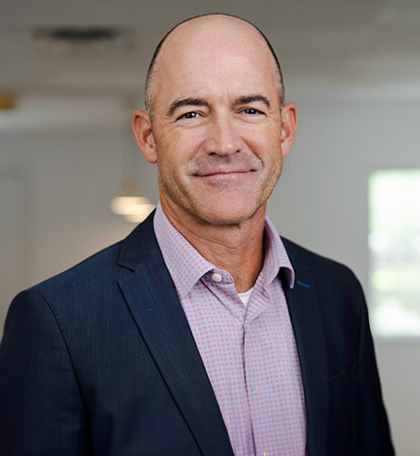TRANSCRIPT:
These are the five things investors get wrong and how you can avoid them. I’m Alex Wolfe, a certified financial planner and head of planning at Base Wealth Management. If you’re ready to hear if you’re making any of these costly investing mistakes, stay tuned for this video.
1. Timing the Market
The number of investors that try to time the market is infinite. This is the single biggest mistake you can make. There are many statistics that show that time in the market is far more important than trying to buy at the bottom and sell at the top. None of us are smart enough to know when the time is right, other than buying a good quality stock, especially if it’s beat up or trading historically low, or if it has a low price-to-earnings valuation. Another aspect of this is that our own psychology gets in the way. We often don’t know when to capture that gain and end up riding it back down and never selling out.
2. Concentrating Your Investments
Another mistake investors often make is putting all their money into one company or one sector, like technology stocks or energy stocks. You want to cast a wide net when investing and properly diversify. When an investor solely relies on one company’s performance or growth, this can cause returns to not outweigh the potential risks, especially when investing in a small growth company that’s wildly volatile. Why do you think the S&P 500 is the most widely used benchmark for stock investing? It’s because it consistently performs well, especially over long periods of time, and it invests in 500 of the largest U.S. companies.
3. Fees with Investing
A common investor mistake is the type of investments that you select or buy. An old faithful way of investing is in a mutual fund. A mutual fund is buying one fund that invests in a variety of different companies. You can buy an index fund that tracks something like the S&P 500 or a more active fund that actively manages the holdings, like a growth fund where they’re trying to beat an index like that of the S&P or the Russell 1000. With these funds, comes a management fee. They charge this to the investor, and that fee for owning the fund gets charged every year. This can certainly detract from performance, especially if the fee is very high, and some active funds charge over 1%. I hope that they’re really giving those investors better-than-average returns if they’re charging that kind of a fee. In addition to the mutual fund expense ratio or fee, you may still be trading with a broker that charges a commission for online trading. This is also costly, especially when so many online brokers have no trading fees or commissions. Some investors may still even be working with an old-fashioned stockbroker who charges them a fee every time they place a trade, buying or selling. I encourage you to have a conversation with your advisor to understand how they make money for investment selection.
4. Taking on Too Much Risk
It is important you understand the risk of investing. While some investors have a high appetite for risk and are okay with the volatility of investing in stocks, there are just as many that do not, and we call those people risk-averse. They are more comfortable in something that’s more stable or even do not want any risk and prefer cash. Taking too much risk can cause a lot of stress, and maybe you do not even need to take that much risk in the first place to achieve the goals you’ve set for yourself. Being in the investment and financial planning industry, we have many conversations with new clients about their risk tolerance and why they may be taking on too much risk when they do not need to. How your friends or neighbors invest may not be how you need to invest. We sometimes hear people talking about that home run stock they bought and how smart they are, but what they leave out is all those other stocks they bought that were junk. Funny how that works.
5. Thinking You Do Not Have Enough Money to Invest
A common myth is that you have to have a lot of money to invest. And that’s just not the case. With the internet world we live in, investing is much more accessible to people than ever before. You can even buy a mutual fund or an ETF with as little as $50 and even less. If you want to buy shares of your favorite company, many online brokers allow you to buy fractional shares too. You always want to have enough savings for a rainy day emergency fund, but as your savings grow, you want to make sure you are investing for your future. Try to start by investing $50 or even $100 a month into a low-cost fund or ETF and watch it grow over the years. The most savvy investors are the ones who buy a quality fund or stock and let it grow without micromanaging it.
So there you have it. Those are the top five mistakes that investors make. I hope you took away something from this video. Be sure to like and subscribe to our channel for more tips and tricks when it comes to investing and financial planning. Check out our website.




